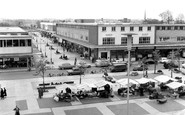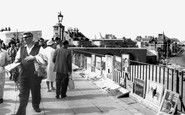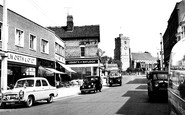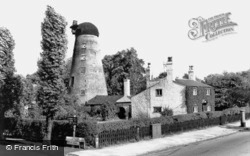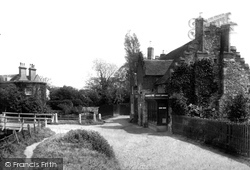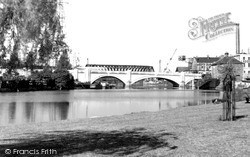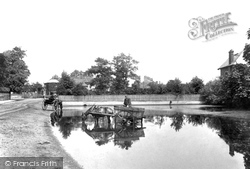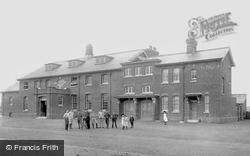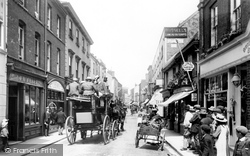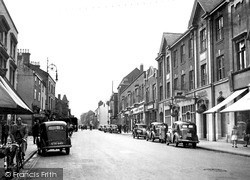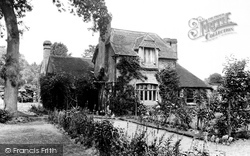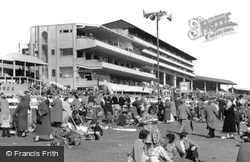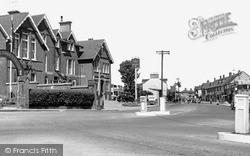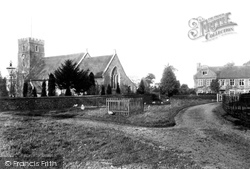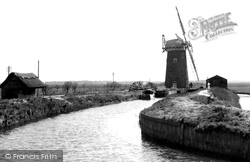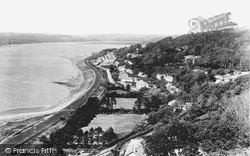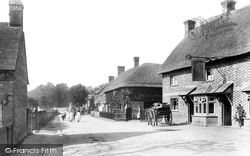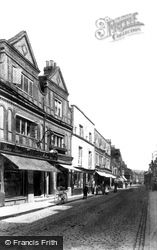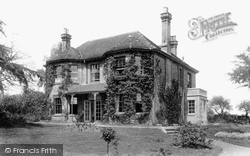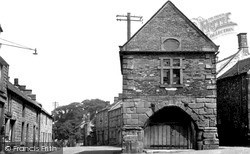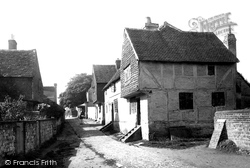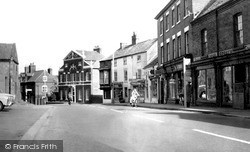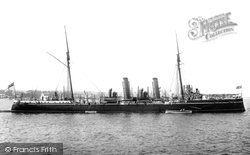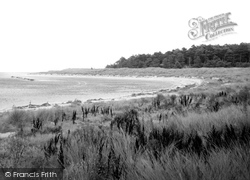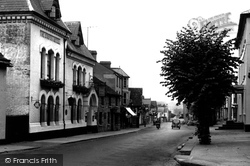Places
2 places found.
Those places high-lighted have photos. All locations may have maps, books and memories.
Photos
5 photos found. Showing results 121 to 5.
Maps
29 maps found.
Books
Sorry, no books were found that related to your search.
Memories
668 memories found. Showing results 61 to 70.
The Wrong Guy
There at the time when Cawthorne was a tour operator and whether it was coincidence or not the tour operator was called Harry Cawthorne coach tours. I do believe that they were an established firm; it could well be that the village ...Read more
A memory of Gawber in 1952 by
Mining Community Gone Without A Trace
When they found coal, Treodrhiwfuwch was only a farm. A book was published by J R Pearce back in 1985 about Pontlottyn and Treodrhiwfuwch. Over the years terrace houses were built for miners, some ...Read more
A memory of Troedrhiwfuwch in 1920 by
Tondu Primary School
I am not quite sure of the date I moved to Tondu Primary School from Laleston Juniors near Bridgend after moving to Sarn, however, I think it was around 1955. The headmaster was a Mr Richards who I understand was renowned for ...Read more
A memory of Tondu in 1955 by
Harlow Market
This was the year we moved to Harlow from Tottenham. The market was much nicer then than it has been since, especially since the council put up those awful permanent stalls. At the corner of the market nearest the clock on the wall ...Read more
A memory of Harlow in 1960 by
Reminiscences Of Portsmouth In The Late 1930s
I was born in Portsmouth in 1933. My family and I lived first in Lyndhurst Road - about which I don't recall too much - then later in Merrivale Road. I remember very clearly where Merrivale joined ...Read more
A memory of Portsmouth by
Almondsbury South Gloucester
Where do I start ? Living in Monmouth House on the top of Almondsbury Hill. going to Almondsbury village school sitting next to Tony Evans, head of the Patchway gang & a brilliant football goalkeeper. Gaffer ...Read more
A memory of Almondsbury in 1940 by
Looking For Friends
55 years ago I went to a private school in Herefordshire, and during the breaks I used to stayed with Webb family in Rayleigh, Essex county. Aunt Mary was my guardian while being over there. She had two children, William and ...Read more
A memory of Rayleigh in 1958 by
Bomb Blast `siding` Margaret Street/Victoria Street.
I recall as a young boy of 7 or 8, that I was among a group of friends playing on the siding at the bottom of Margaret Street. We, as friends, found the bomb on the Rhigos Mountain and carried ...Read more
A memory of Treherbert in 1943 by
My Memories
I am now 53. My parents and I moved to Erith from Suffolk in 1967/68. I remember the old Erith pre concrete jungle. I never really let the old town go. The damage the new building did to the town is only known now. It was not a very ...Read more
A memory of Erith in 1967 by
Evacuee
My Grandmother rented a cottage (Era Goch) during the war and I went to live with her as a sort of evacuee. I used to attend the one room school in Dwyran. I played with my friends on the beach. I don't know how we did not drown as we would ...Read more
A memory of Dwyran in 1940 by
Captions
388 captions found. Showing results 145 to 168.
Great Crosby Mill, Liverpool is a tall brick tower mill with a domed cap. It had four common cloth sails and a fantail.
of the Little Stour, whose waters flow peacefully under the bridge on the left, the small general stores and post office on the right served this little hidden village with its 18th- and 19th-century brick
We can also see the railway bridge carrying the main line to London King's Cross, which links up with the Nene Valley route, and the Fletton brick sidings.
This idyllic view shows a once-familiar sight, horses having well-earned break from pulling their carts.
Here we see the brick-built army buildings of this military settlement in Surrey's army quarter on the high heathlands of the north west of the county.
The red sandstone cliffs of East Devon break into the green and pastoral valley of the River Sid; Sidmouth lines the slopes of the gap.
A few earlier buildings survive on the left-hand side of the photograph, but the right is dominated by uninspired, even dreary, red-brick Edwardian buildings.
None of its brick buildings is outstanding yet the total effect is one of pleasing harmony. Many of the shops have retained their Victorian detailing.
The creeper has now gone, exposing the Tudor brick of the Hastings Chapel on the left.
Pinza was ridden by Gordon Richards, who had just been awarded a knighthood in the coronation honours, and whose long, record-breaking career only lacked a victory in the Derby.
In the foreground stands the arch of the Conservative Club, with the solid brick-built Cambridge Hotel next door.The honey-pot style telegraph poles carry lines to the surrounding buildings.
The Hall is a 17th-century extravaganza in blue and red brick, with curvilinear gables.
Here we see a typical Broadland brick tower drainage mill. It has four patent sails and a fantail, and drove a turbine pump.
The village stands on the east side of the Towy where the river breaks out to sea through a widespread expanse of sandbanks at low tide.
In the centre of the photograph we can see the 64ft, red brick lighthouse on the Brush Wharf, built at a cost of £400.
The decorative headers on the brick façade of the inn make an interesting chequered pattern.
The building, in brick and stone, dates from the late 17th century.
The old rectory, of warm red brick, with its tall chimneys and light-gathering broad bay windows has creeper running rampant all over it.
The sandstone and brick structure originally had open archways on the ground floor, like the similar building in the centre of Bakewell.
Cobbles, brick, timber and tile - an enchanting corner of Bletchingley over one hundred years ago.
The plain red brick house is, however, a veritable gem, built around 1780 and prominent towards the left of the photograph.
During the Great War she was deployed in the Mediterranean, and was sold for breaking up in 1920.
Backed with a wind-break of Corsica pine planted by Thomas William Coke in the mid 19th century, this area is a breeding ground for birds such as terns, redshank and oystercatchers.
Hence, Hay has an assortment of hotels; the brick-built Crown is of a high enough standard to warrant its RAC endorsement.
Places (2)
Photos (5)
Memories (668)
Books (0)
Maps (29)

